ARCHIVE - Places
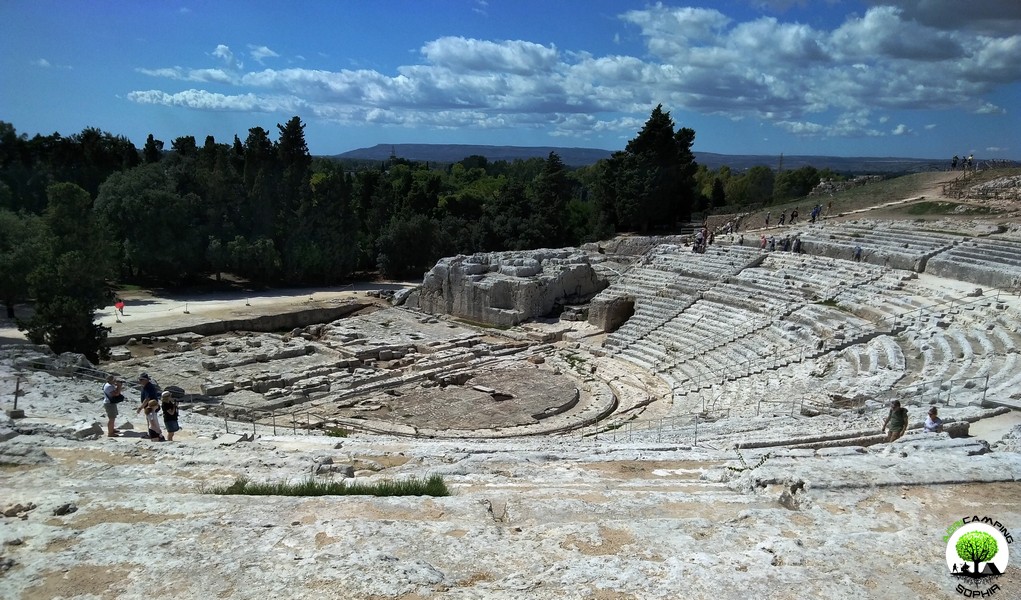 SYRACUSE, THE MOST BEAUTIFUL POLIS
SYRACUSE, THE MOST BEAUTIFUL POLIS
If a Martian, completely unaware of Syracuse, asked me a good reason to visit it, I would give him
three excellent reasons for not being able to visit Syracuse: the Greek Theater, the Bears Museum and Ortigia . Easily accessible from the campsite thanks to the motorway that goes from Syracuse to Rosolini, Syracuse is well connected to Pachino also by bus.
Syracuse was officially founded in 734 BC as a colony of the Greek Corinth. In a relatively short time it became
among the most important and populous metropolises of Magna Graecia, rivaling only Athens . The original core of the city, concentrated in the island of
Ortigia , was almost completely destroyed by the earthquake that razed the entire Val di Noto in 1693. Its reconstruction in
Baroque style has made it another wonderful architectural core...
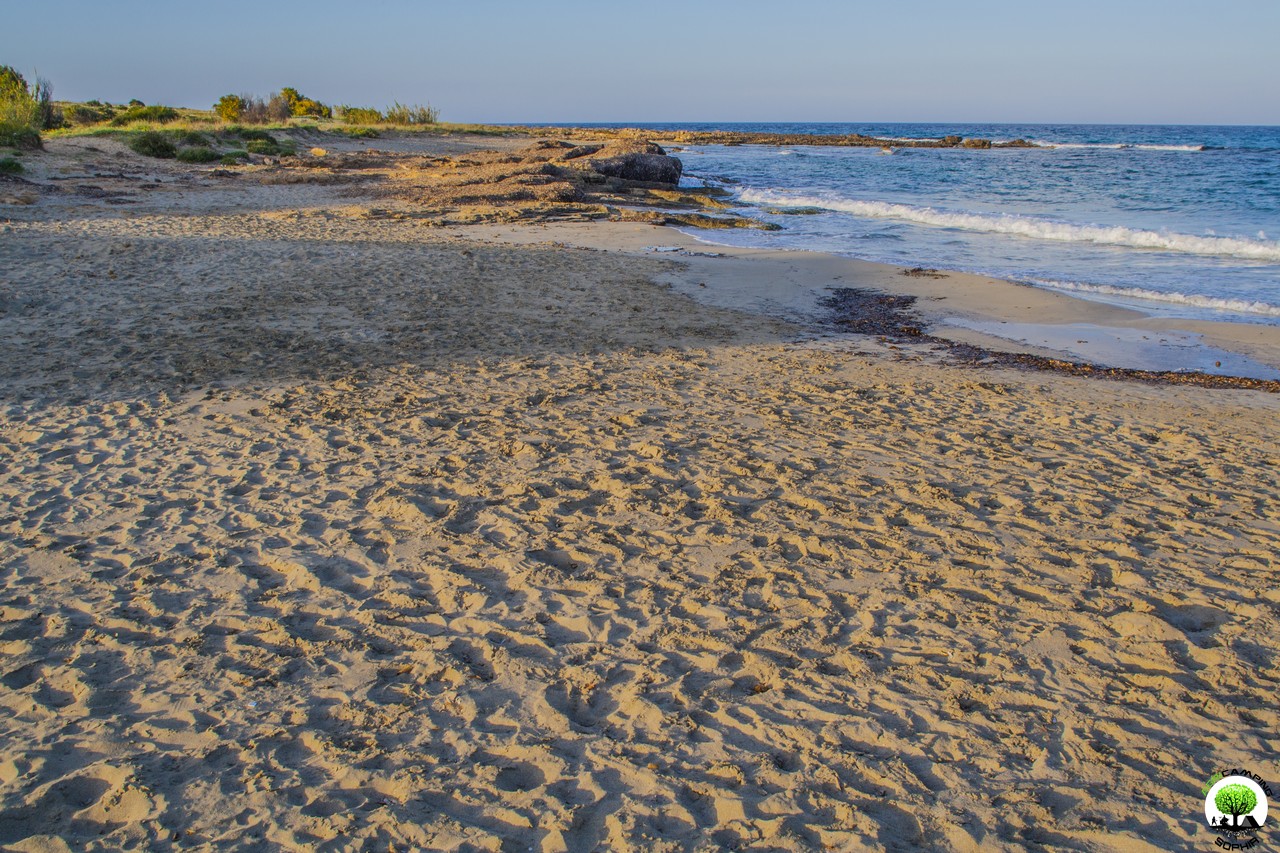 SAN LORENZO, ENTRANCE OF VENDICARI
SAN LORENZO, ENTRANCE OF VENDICARI
After days of work for the maintenance at our campsite, Giuseppe and I, in a late afternoon of mid-April, we decided to disconnect for a while 'plug. Get in the car and head to
San Lorenzo. San Lorenzo is a district in the net,
between Marzamemi and the reserve of Vendicari, which hosts, without fear of contradiction,
among the most beautiful beaches of south-eastern Sicily, to which it is accessed by a series of parallel streets named by ordinal numbers. The crystalline sea with a shallow and sandy bottom is particularly suitable for children. On this occasion we went forward on the 4th street, then on the 9th street.
From the IV road you reach a small beach, between two characteristic sandstone cliffs shaped by the constant and millennial flow of marine motions, with light sand, tending towards gray but with...
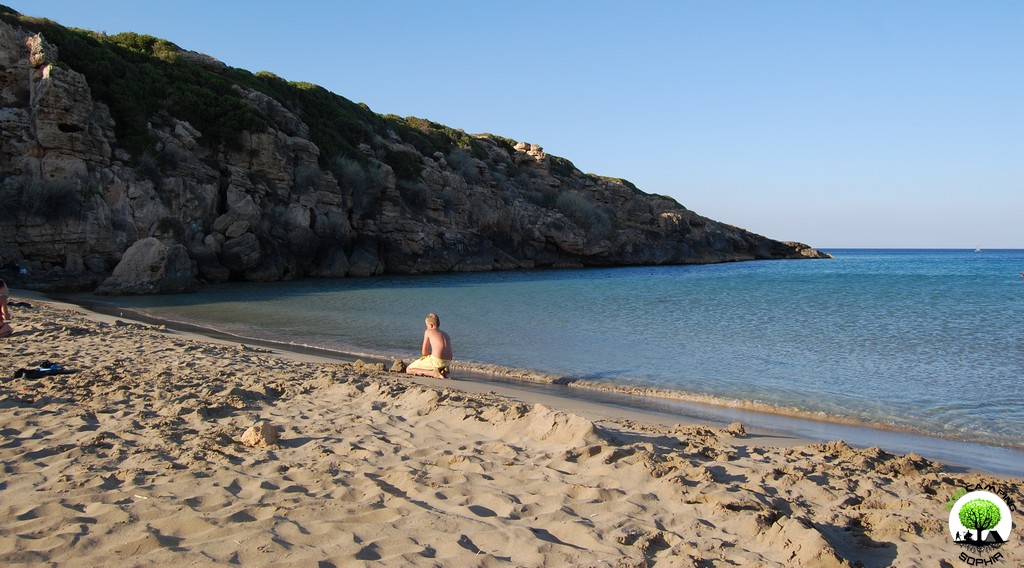 CALAMOSCHE: THE SICILIAN ALTERNATIVE OF THE CARIBBEAN
CALAMOSCHE: THE SICILIAN ALTERNATIVE OF THE CARIBBEAN
Calamosche is undoubtedly
among the most beautiful sandy beaches of Sicily . It is located in the Vendicari Reserve,
halfway between Noto and Pachino , then reachable from the SP 19. It is a couple of kilometers from the guarded car park where you arrive after going along a dirt road. The car can be left in that parking lot, paying a daily rate that is around 3 euros, which also includes the possibility of taking a shower. From then on
to Calamosche you reach only on your feet , walking for about twenty minutes between myrtle shrubs, thyme and dwarf palms, for about a mile and a half:
the trail does not present many difficulties apart from a bit of stairs to get off the beach. However, especially with the summer sun at peak, it is not advisable for those who are generally not used to long walks.
And if a walk...
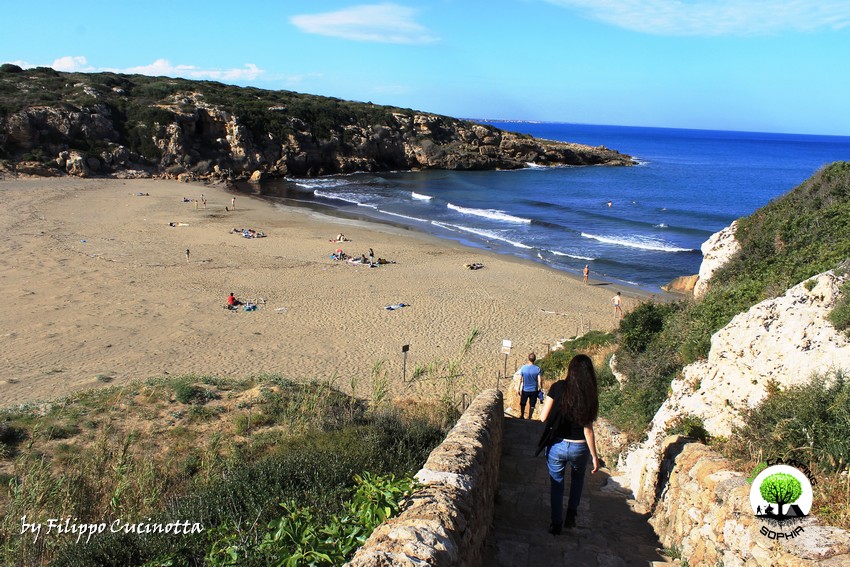 VENDICARI, WHERE TIME IS STOPPED
VENDICARI, WHERE TIME IS STOPPED
In Vendicari you get from the SP 19 "Noto-Pachino", unfortunately with their own means, because
even in the summer there is a public transport that stops there. And it's a pity. Vendicari is a nature reserve that extends from the gates of Pachino to almost Noto, for a good 1512 hectares. There are essentially four access points: the ninth street of San Lorenzo, Vendicari (ie the main entrance), Calamosche and Eloro.
In Vendicari you have to go to the clean sea, to the beautiful sandy beaches interspersed with cliffs, along the coast along prickly pears and dwarf palms, to the pink flamingos that stop in its marshes, ancient tuna, churches Byzantine and small Greek theaters. You probably
will not find a McDonald's, but I suspect this is just good...
Unfortunately, in Vendicari, dogs can not enter in order not to interfere with the faunal...
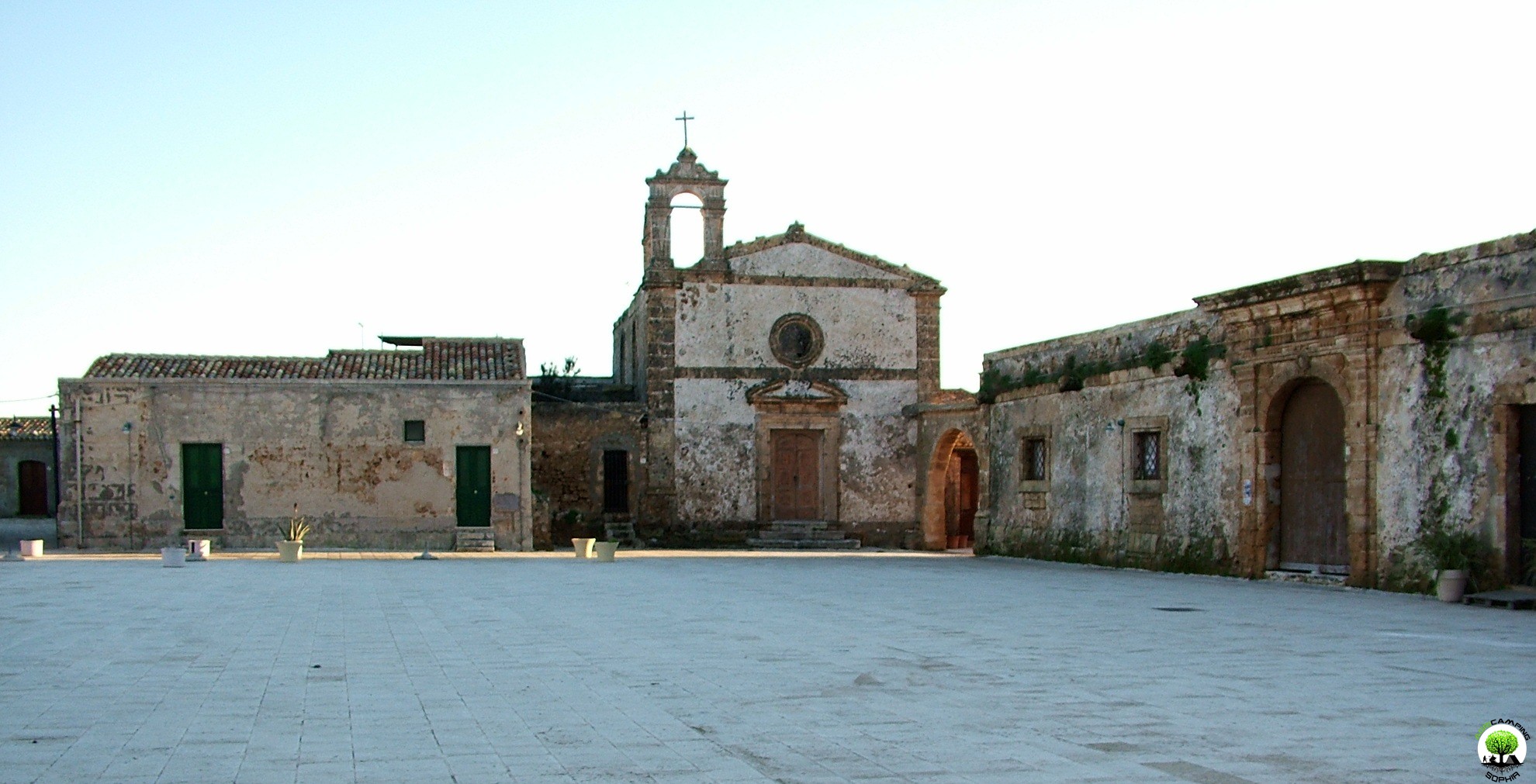 MARZAMEMI, THE NON-PLACE RESISTANCE
Of the beauty that surrounds us, we often notice it only when we see that it is appreciated by others
MARZAMEMI, THE NON-PLACE RESISTANCE
Of the beauty that surrounds us, we often notice it only when we see that it is appreciated by others. For example, Scicli has always been there, around the corner. However, we really noticed its beauty only thanks to Commissioner Montalbano... Even the wine of Pachino, the now famous all over the world
Nero d'Avola, we realized when it was good only after decades of selling it cheap to French, Piedmontese and Tuscan as a cutting wine. If
with the Nero d'Avola of Pachino body was given to the reds of Burgundy, Chianti and Barolo, so bad it was not to be... But only if the "others" is good, then it is really good . It is not a bad thing to get there later: it is simply important to get there sooner or later. The problem arises when one forgets or does not know well what made a thing recognized as beautiful.
And for what...
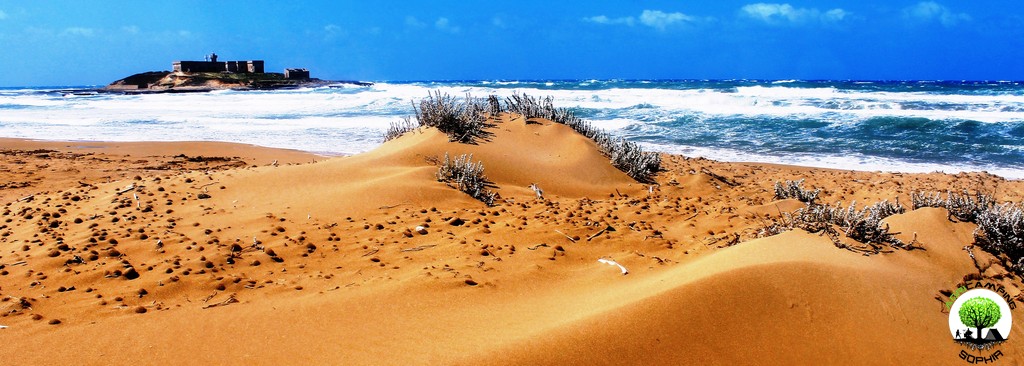 ISLAND OF THE CURRENTS, THE BORDER OF THE SOUTH
The Isola delle Correnti is one of the most evocative places in the municipality of Portopalo di Capo Passero
ISLAND OF THE CURRENTS, THE BORDER OF THE SOUTH
The Isola delle Correnti is one of the most evocative places in the municipality of Portopalo di Capo Passero. In a quarter of an hour it is easily reached by car from the Agritamping Sophia.
There is no public transportation to take near the island. You could arrive by bus to Portopalo, but then you would have to walk for an hour and a half, since island is seven kilometers from the village. Unfortunately, the lack of public transport is the leitmotiv of the whole area. Close to the
beach, you can leave your car in a large paid municipal car park.
The Isola delle Correnti is the meeting point between the Ionian sea and the Sicilian Channel, generically also called the Mediterranean. It is extended for about one hectare and has a maximum difference in height over the sea of four meters. It is artificially connected...
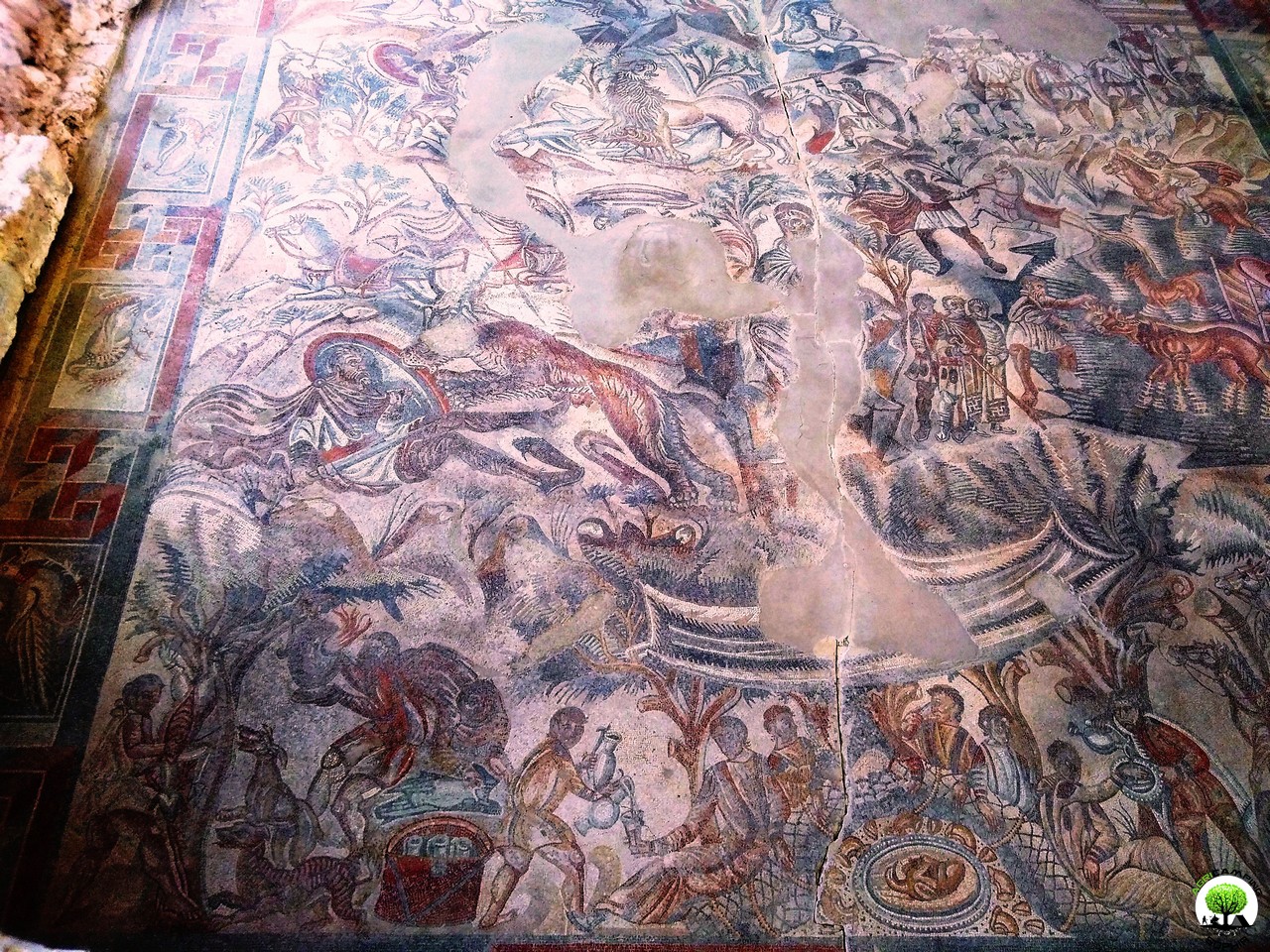 ROMAN VILLA OF TELLARO: A MISSED OCCASION?
ROMAN VILLA OF TELLARO: A MISSED OCCASION?
I am a bit ashamed of it, but I admit that despite the
Villa Romana del Tellaro is just around the corner from Agri Camping Sophia, I visited it for the first time only in late summer 2017. The mosaics (bad) preserved would even have a higher artistic value than the already very important mosaics of the most noble Villa Romana del Casale in Piazza Armerina: why then is there, almost forgotten, with insufficient precautions for its preservation?
In late September, with the summer season in decline, I decide that it is finally time to get in the car to the Villa Romana del Tellaro. After about ten minutes, just before the bridge on the river Tellaro, I enter the road where the unequivocal road sign of my desired goal stands out. I slowly walk the road for about a kilometer, but I end up in the large parking lot of the one that after about ten minutes I discover being...
 NOTO ANCIENT, FROM THE DAWN OF SICILY
NOTO ANCIENT, FROM THE DAWN OF SICILY
The current
Noto, the well-known capital of the Sicilian baroque, is a
city-work of art erected following the disastrous earthquake of 1693 by brilliant minds of the time. However, the original
Noto, pre-existing to Greek colonization, probably of the matrix
sicula, held in high esteem by the Greeks, then
foederata Roman like Messina and Taormina, which gave its name to the homonymous Vallo (one of the three in which Sicily was first divided into the Arab era, then Norman), or rather, the remains of that city that it was once the magnificent Netum, located on the ridge of Mount Alveria, ten kilometers from today's site.
At Noto Antica we arrive from Noto continuing on the SS287 towards the Iblei, and then turn left on the SP64. Unfortunately, the last...
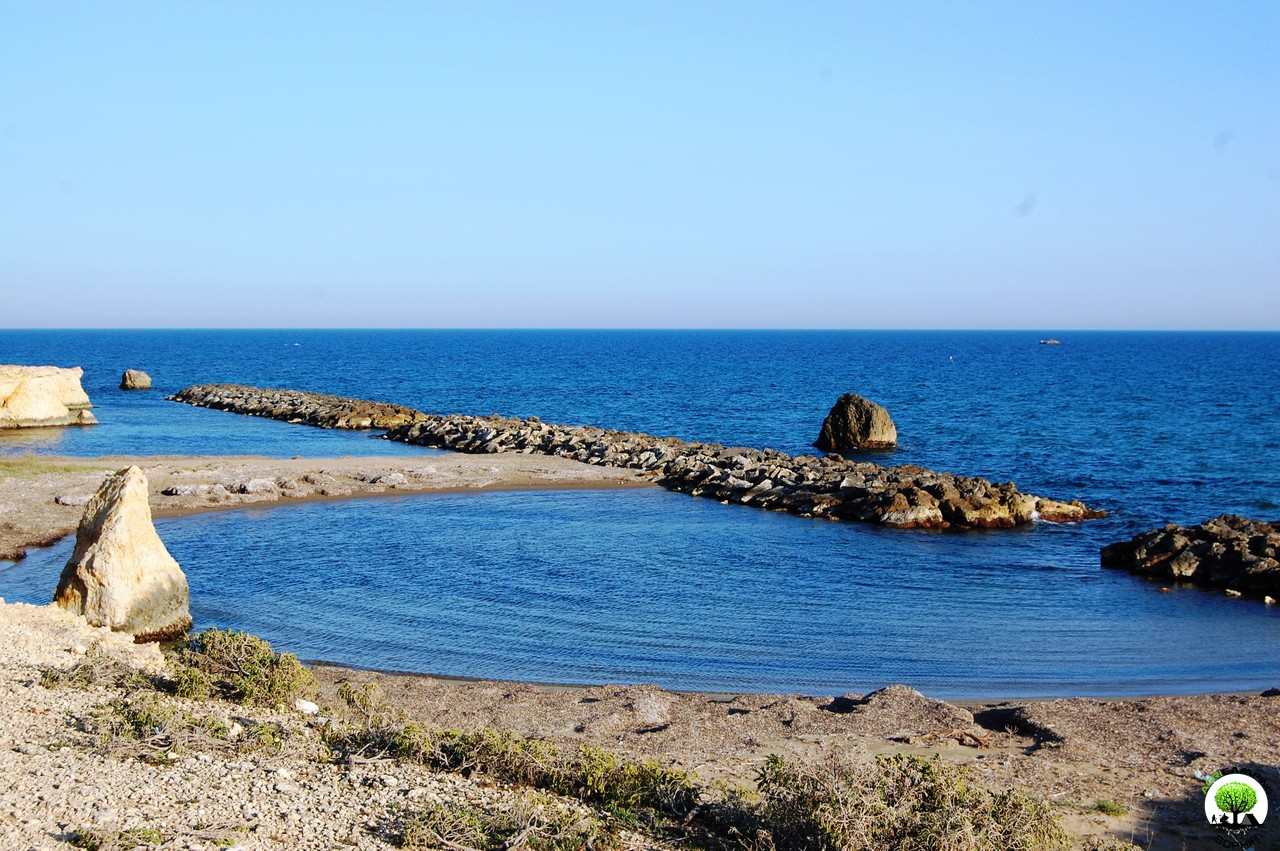 THE SURREAL PUNTA CIRICA
Punta Cirìca
THE SURREAL PUNTA CIRICA
Punta Cirìca is the synthesis of all the charm that the south coast of Sicily is able to express. Long beaches separated from the coastal road by sand dunes with a Maghreb flavor. Vegetation typical of Mediterranean areas where the sun beats for most of the year. White tuff cliffs shaped by the constant breaking of the waves. Small sandy coves. Faraglioni standing proud from the sea. It seems to be inside a canvas where the whole landscape has been masterfully and intentionally painted by a creative mind.
The hand of man, in a sense, in fact there is: the arrangement of a breakwaters, to protect a part of the coast at risk of erosion, has created a series of
circular natural pools that combine to give a sort of surreal tone to the landscape. It is accessed by a road that leads to an old housing complex in apparent state of abandonment, in which...
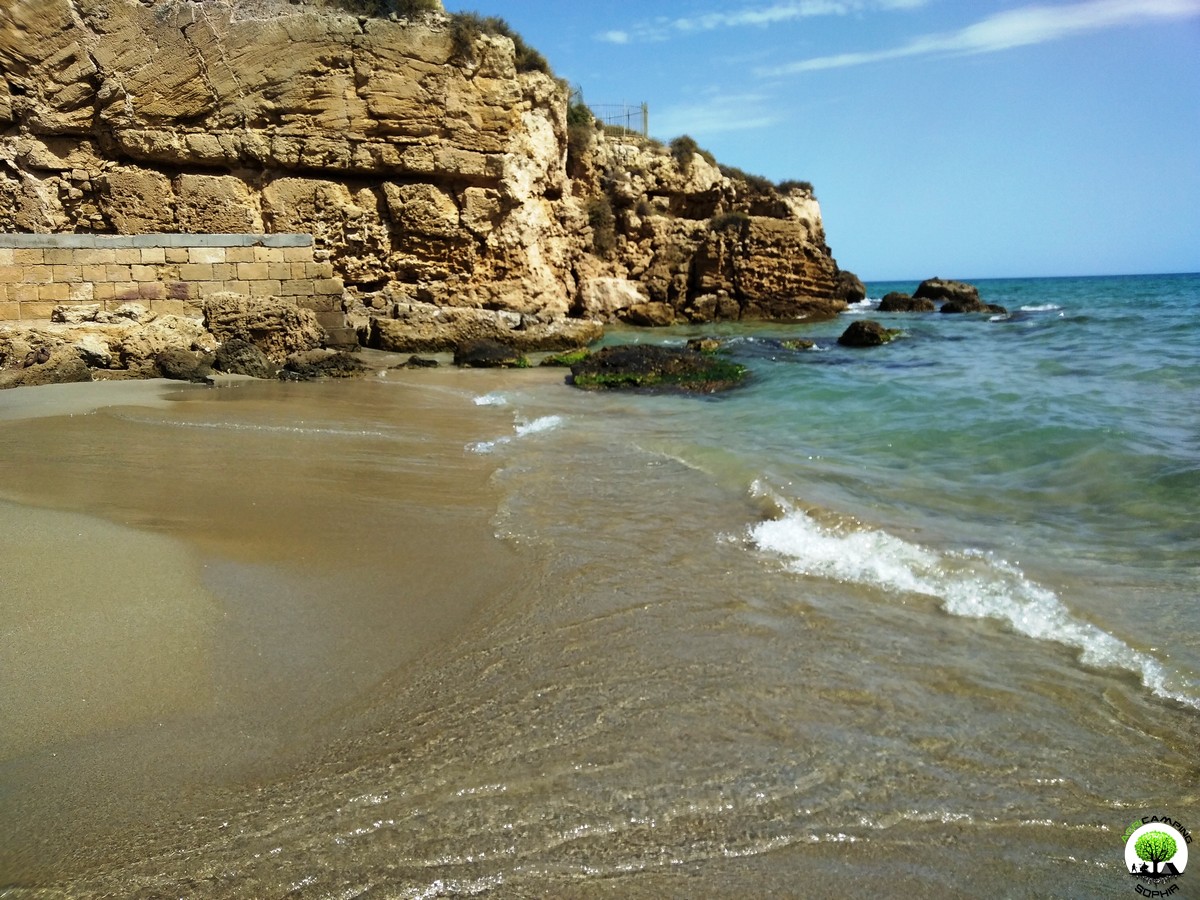 ELORO, AN DIVING TO THE FEET OF THE GREEK COLOGNE
Eloro was the first Syracuse colony
ELORO, AN DIVING TO THE FEET OF THE GREEK COLOGNE
Eloro was the first Syracuse colony , founded on a hill overlooking the sea, at the
mouth of the Tellaro , at the end of the VIII century BC. There are ruins of temples, walls, necropolis, agora and funerary monuments such as the
Colonna Pizzuta . And it remains especially bitter in the mouth because it is an abandoned archaeological site at the mercy of tombaroli equipped even with bulldozers , in search of archaeological treasures to be allocated to the black market. However, the "fate" adverse to this site has less recent origins: the small Greek theater dating back to the end of IV, partly carved into the rock, visible from the...
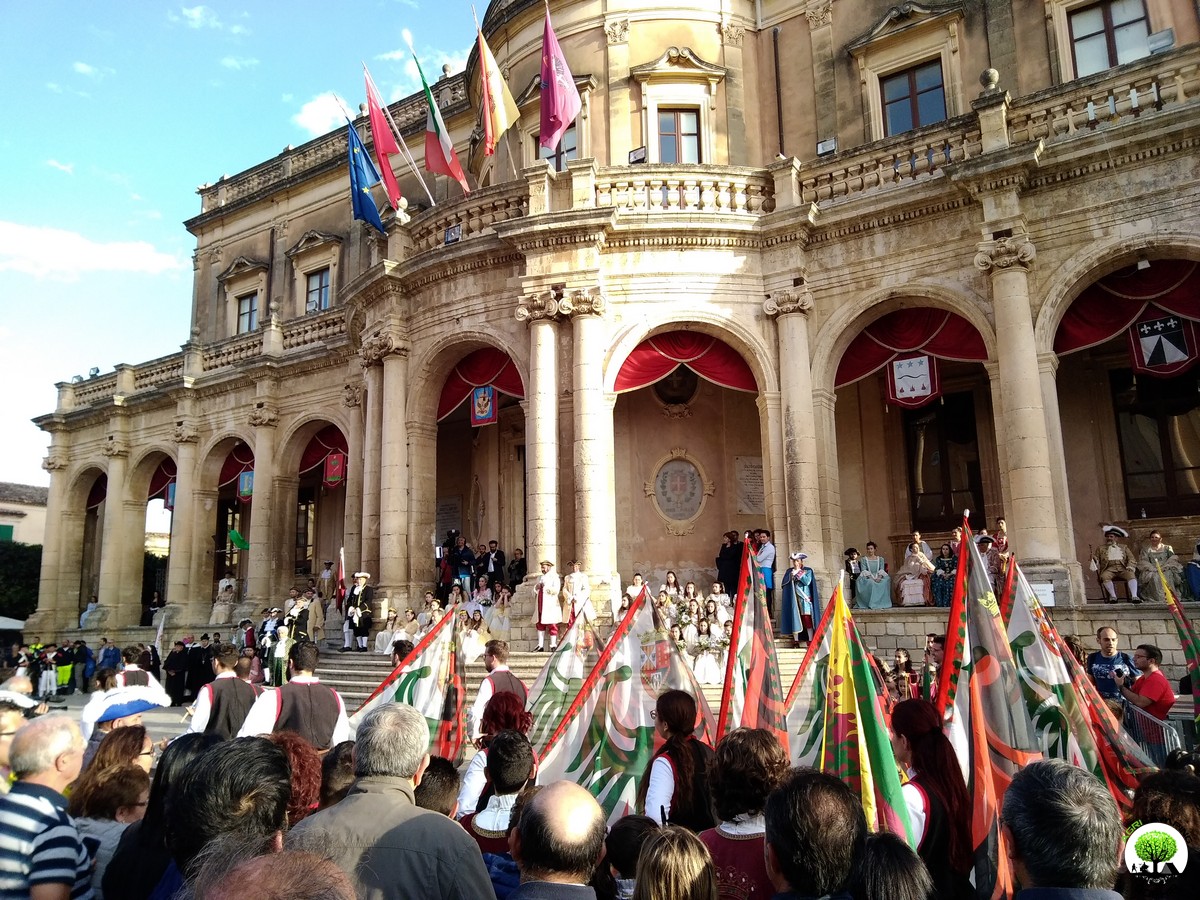 NOTO, NON PLUS ULTRA OF THE SICILIAN BAROQUE
NOTO, NON PLUS ULTRA OF THE SICILIAN BAROQUE
That Noto, a town of just under 25,000 inhabitants, is the fourth Italian municipality by extension, speaks volumes about its historical importance and political influence, which saw Syracuse as its rival in south-eastern Sicily. The history of Noto is millenary, probably pre-existing to the Greek colonization. However, the Noto we know today was rebuilt 8 km further south than the
original site , following the devastating earthquake that razed it in 1693. This refounding work has in fact turned out to be a laboratory of brilliant engineering and artistic minds of 18th century Europe, able to give light to the
urban plan of refined baroque architecture known today as the historical center of Noto, which became a UNESCO World Heritage Site since 2002....
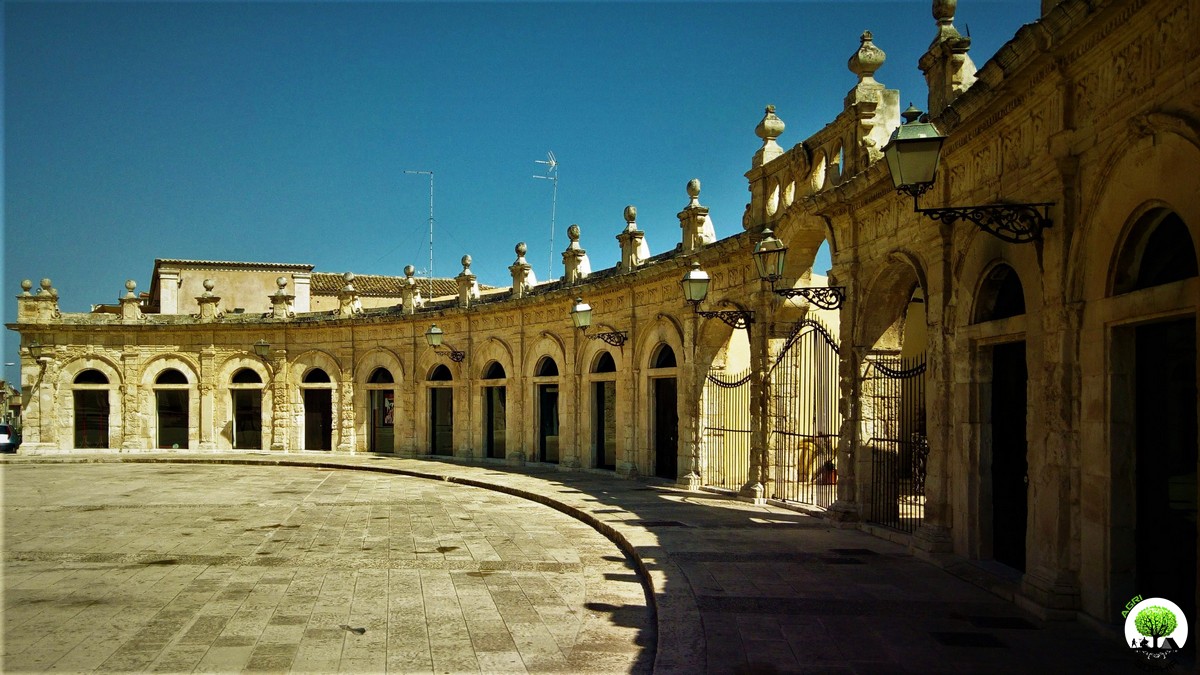 ISPICA AND THE LOGGIATO DEL SINATRA
ISPICA AND THE LOGGIATO DEL SINATRA
Ispica is a quiet town of Ragusa, to which
in 1693 it touched a fate similar to that of Noto: half destroyed by the earthquake, it was largely rebuilt in a different location from the original site. The ancient city developed within the southernmost part of the Cava d'Ispica, a river valley between the Iblei mountains. Only the neighborhoods built around the simply damaged (but left standing) churches of Sant'Antonio and del Carmine were kept in the original site, districts that still preserve the irregular layout typical of medieval villages.
The new city was rebuilt outside the quarry, on a chessboard, with straight and wide roads.
Called
Hyspicae fundus by the Romans, probably referring to the quarry, became
Spaccaforno in medieval times to officially reacquire the ancient lemma in 1935, Italianized in Ispica. Its...
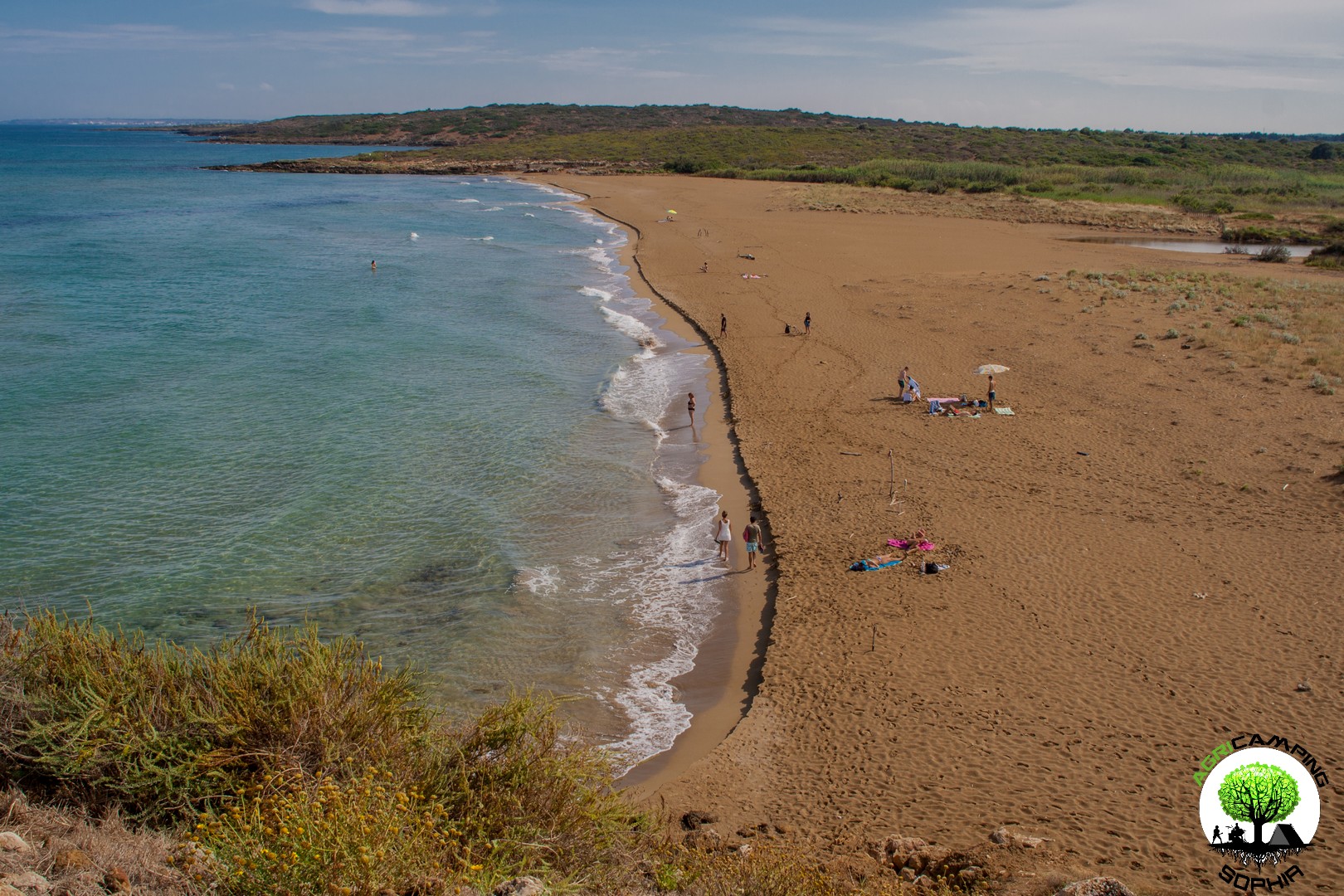 ELORO: WHAT (NOT) TO SEE
ELORO: WHAT (NOT) TO SEE
We have already mentioned the archaeological site of Eloro
here . These are the remains of an ancient
polis, a colony of Syracuse, which unfortunately is not
enough to officially visit: the whole area is fenced and abandoned. Fortunately, the unofficial offers a couple of unexpected possibilities close to the sea ... The uncultivated vegetation, the steep ground, the presence of wells (in truth put in relative safety with metal gratings by the willing archaeologists who in the last century have worked of the few and insufficient diggings) and of hoes of hoe and bulldoz here and there by industrious tombaroli, make the visit of the site not without dangers (risk of a fine fine apart). From the point of view of safety, therefore, its fencing...
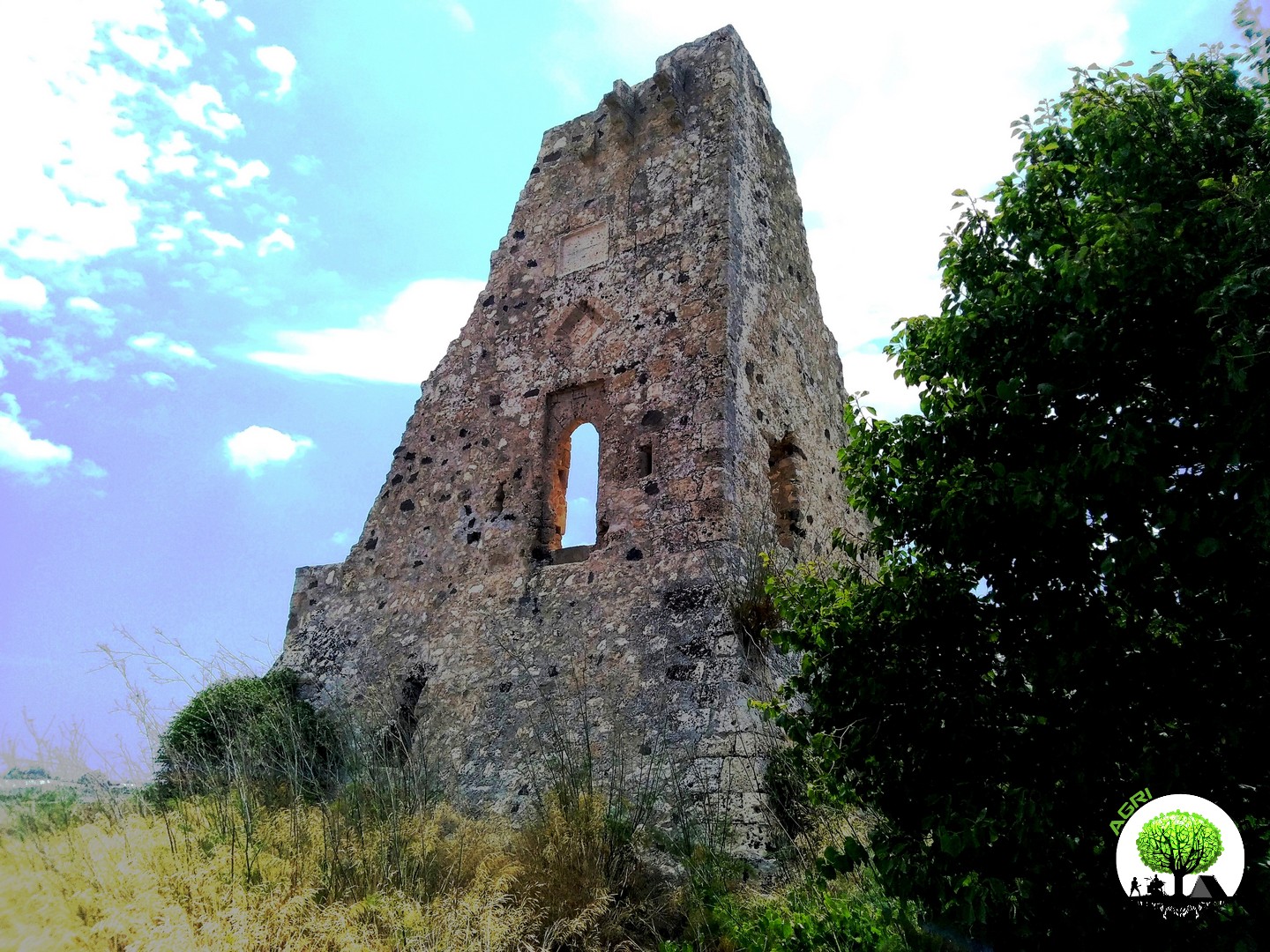 TORRE SCIBINI: SYMBOL OF PACHINO
Among the most important monuments of Pachino
TORRE SCIBINI: SYMBOL OF PACHINO
Among the most important monuments of Pachino, much to be stylized in the heraldic coat of arms of the city, the Scibini tower (or Xibini, because in the past the imperfect writing of the terms beginning with the letters S and C, often traced too close to each other, gave rise to the error of transcription in X)
lying forgotten on the edge of a trazzera campaign, a couple of kilometers from the town. Torre Scibini, which suffered copious damage due to the earthquake that razed the Noto in 1693, was timidly but effectively renovated only in 1994 by the Superintendency of Syracuse. Since then, its best exploitation has been achieved by caper plants which flourish at its base ...Acquired in 1395, during the Spanish domination of Sicily, by the baron Mainitto Xurtino (or Sortino) of Palazzolo (Acreide), the fiefdom Scibini was characterized by a...
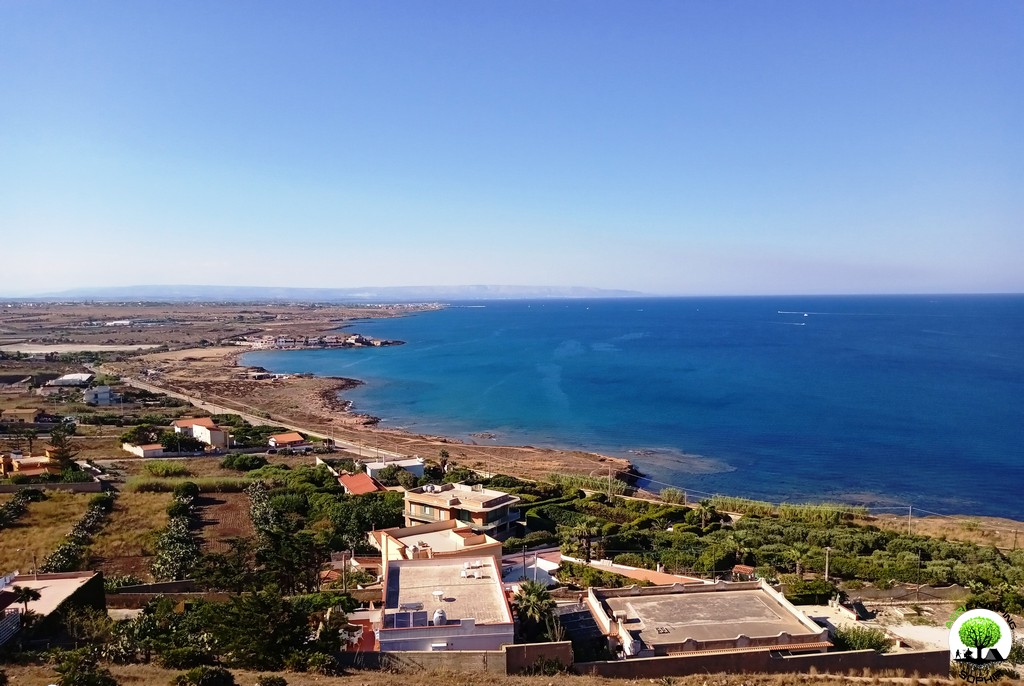 TORRE FANO: FOR 2500 YEARS THE SHOULDERS HAVE BEEN LOOKING AT US FROM THE PIRATES
When and why it was built
TORRE FANO: FOR 2500 YEARS THE SHOULDERS HAVE BEEN LOOKING AT US FROM THE PIRATES
When and why it was built
We know that in 1526 Torre Fano was
partially destroyed by the barbarian corsair Dragut (actually admiral of the Ottoman fleet, viceroy of Algiers, lord of Tripoli and Mahdia), habitual of looting and raiding on the Sicilian coasts. The phenomenon of
barbaresca piracy (from
Barberia, that is the name with which the Europeans from the Middle Ages defined the African Maghreb, inhabited precisely by the
Berbers), politically connected to the Ottoman Empire, between the 14th and 19th centuries it was a real scourge for the development of the Sicilian coasts. The barbarian corsairs did not limit themselves exclusively to boarding and raiding ships but were also protagonists of the
deportation and enslavement of thousands of Sicilians (for example, in Lipari, in 1544, 9000 people...


 SYRACUSE, THE MOST BEAUTIFUL POLIS
SYRACUSE, THE MOST BEAUTIFUL POLIS SAN LORENZO, ENTRANCE OF VENDICARI
SAN LORENZO, ENTRANCE OF VENDICARI VENDICARI, WHERE TIME IS STOPPED
VENDICARI, WHERE TIME IS STOPPED ROMAN VILLA OF TELLARO: A MISSED OCCASION?
ROMAN VILLA OF TELLARO: A MISSED OCCASION? NOTO ANCIENT, FROM THE DAWN OF SICILY
NOTO ANCIENT, FROM THE DAWN OF SICILY THE SURREAL PUNTA CIRICA
THE SURREAL PUNTA CIRICA ELORO, AN DIVING TO THE FEET OF THE GREEK COLOGNE
ELORO, AN DIVING TO THE FEET OF THE GREEK COLOGNE NOTO, NON PLUS ULTRA OF THE SICILIAN BAROQUE
NOTO, NON PLUS ULTRA OF THE SICILIAN BAROQUE ISPICA AND THE LOGGIATO DEL SINATRA
ISPICA AND THE LOGGIATO DEL SINATRA ELORO: WHAT (NOT) TO SEE
ELORO: WHAT (NOT) TO SEE TORRE SCIBINI: SYMBOL OF PACHINO
TORRE SCIBINI: SYMBOL OF PACHINO TORRE FANO: FOR 2500 YEARS THE SHOULDERS HAVE BEEN LOOKING AT US FROM THE PIRATES
TORRE FANO: FOR 2500 YEARS THE SHOULDERS HAVE BEEN LOOKING AT US FROM THE PIRATES